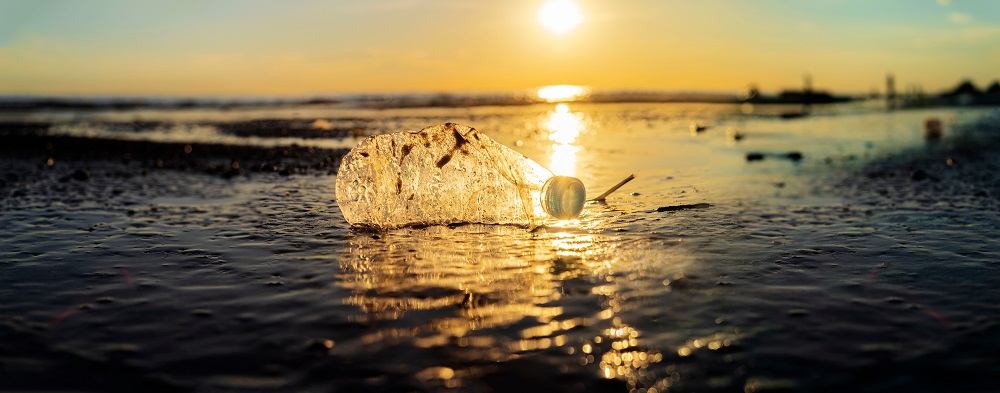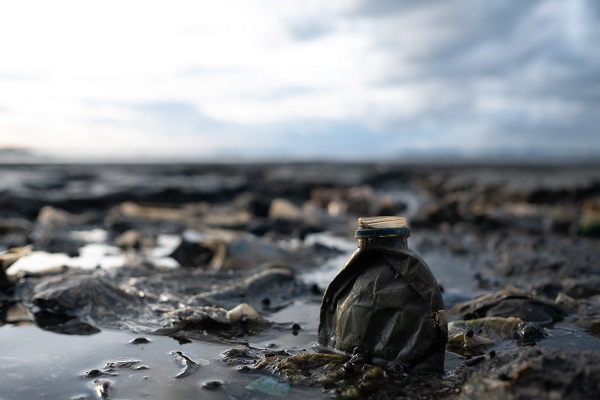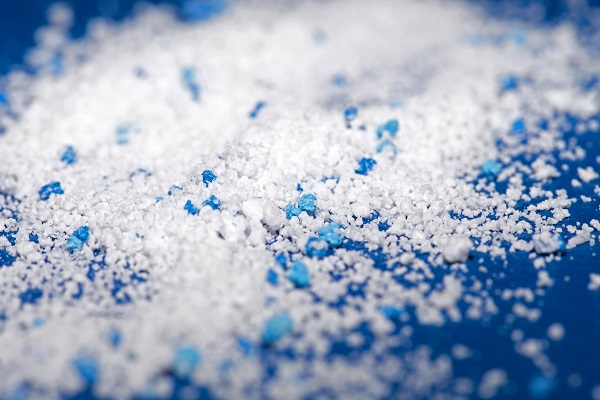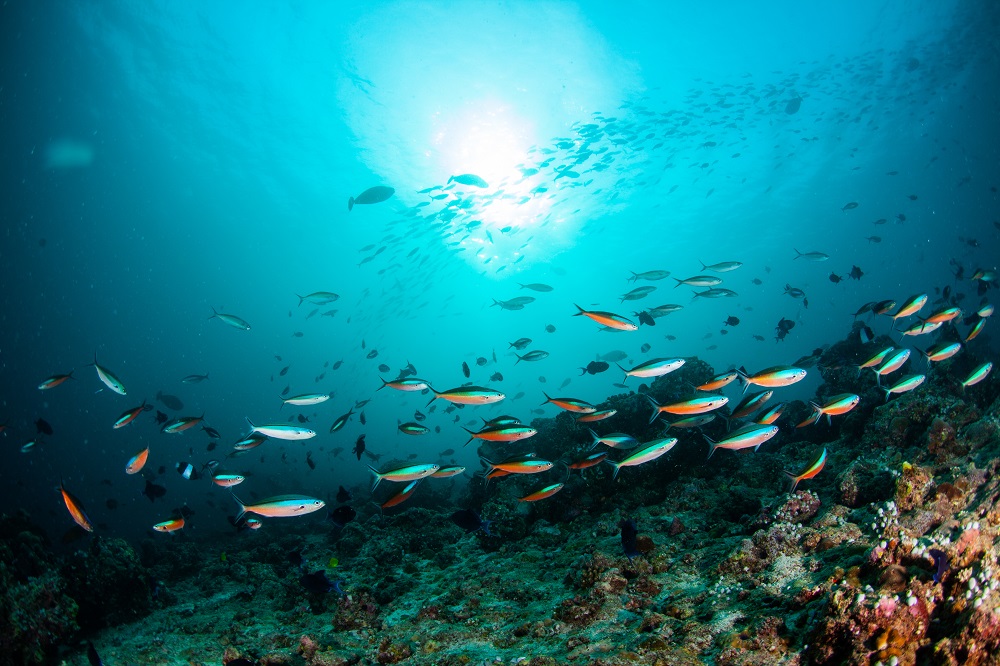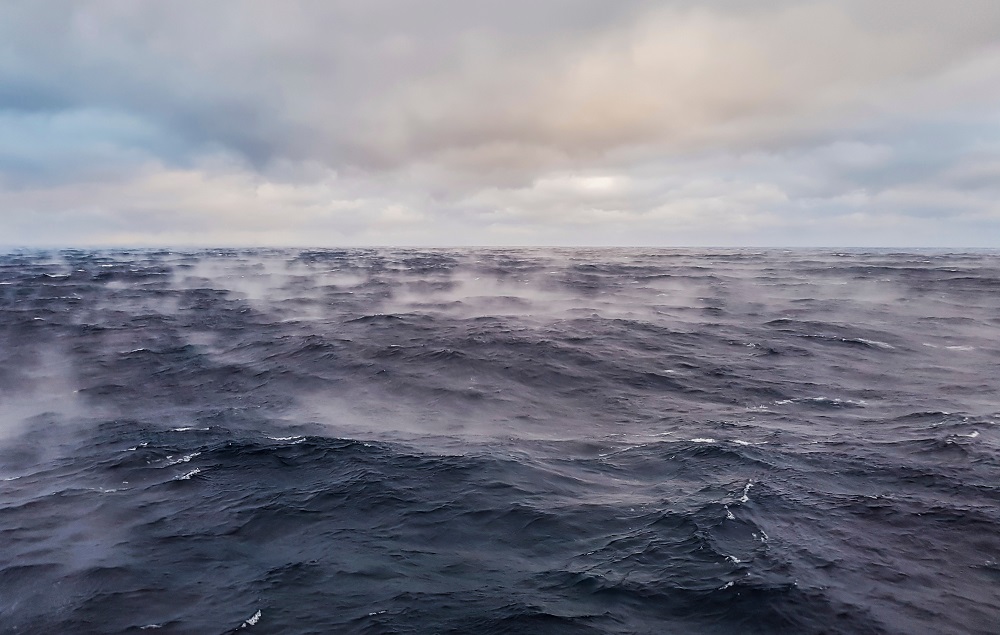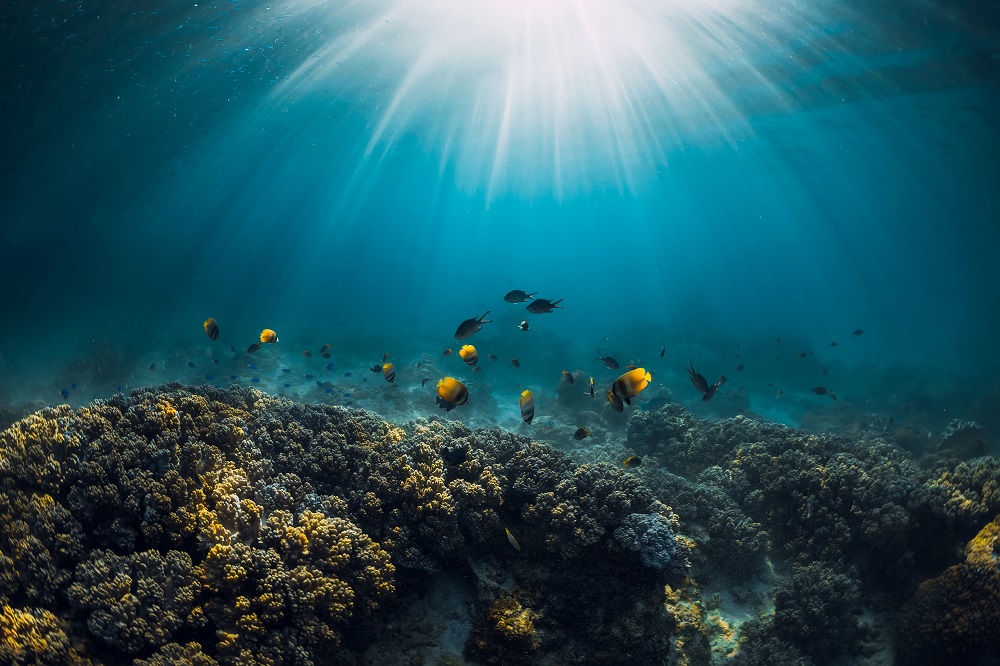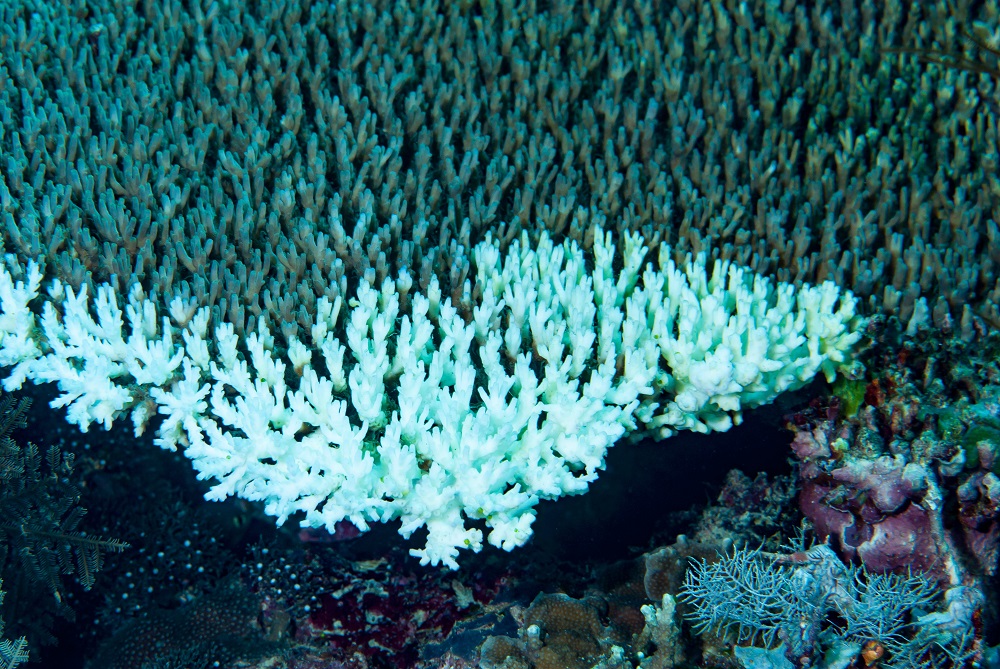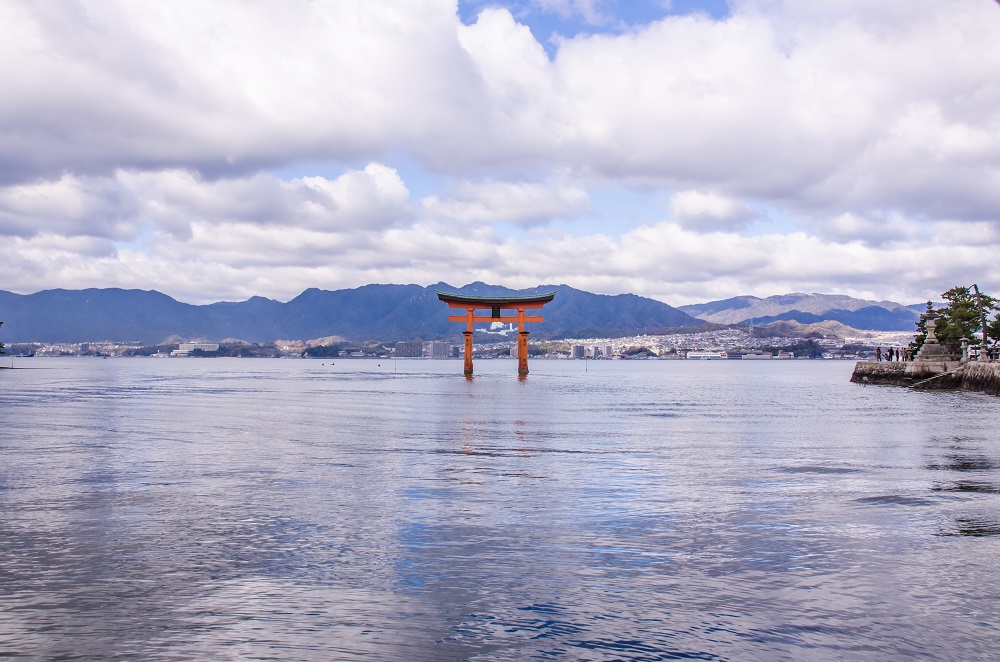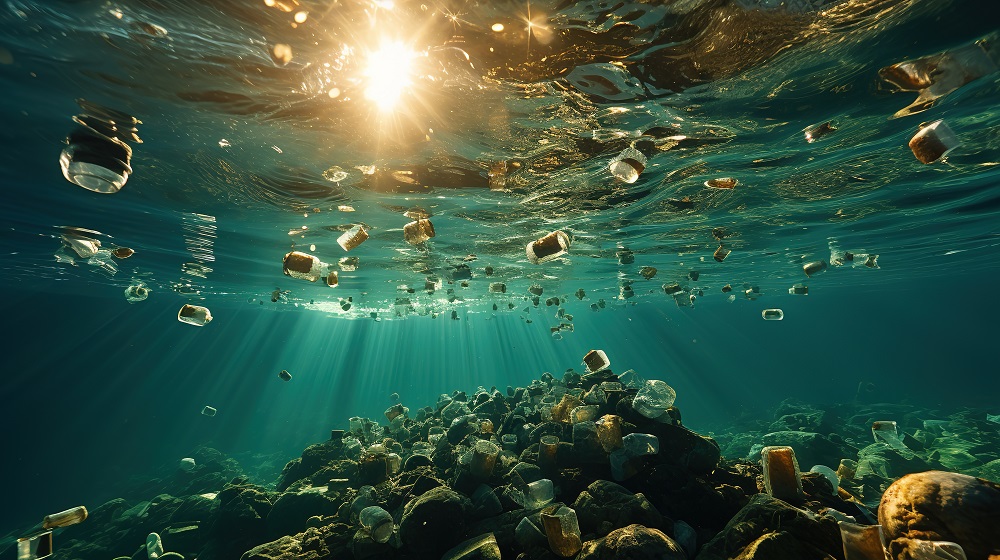Plastic waste such as straws, bags and bottles are the most visible culprits of ocean pollution. Less understood and monitored are the chemicals that seep into marine ecosystems, and the industrial activities they come from. The construction sector produces an estimated third of the world’s waste, making it an under-recognised contributor to ocean pollution.
The sector has taken steps to improve its environmental profile through green building initiatives and environmental standards. However, these focus on reducing the carbon footprint of buildings through strategies like low-emission concrete or solar panels, which cut the embodied carbon of a building and increase lifetime operational efficiency. They still overlook the practices that allow waste to migrate into the oceans.
“The industry focuses on the building’s design and the choice of materials, but there’s almost zero attention paid to the impact on the environment of the construction phase of a building,” says Andrew Crimston, founder and CEO of sustainable construction technology company Washbox. “When you participate in larger construction projects, you see the volumes of waste from painting, plastering and tiling that get washed into the sewer-connected drums on construction sites.” As a result, the impact of the improper disposal of construction debris on ocean health remains obscured and unaddressed from multiple angles.
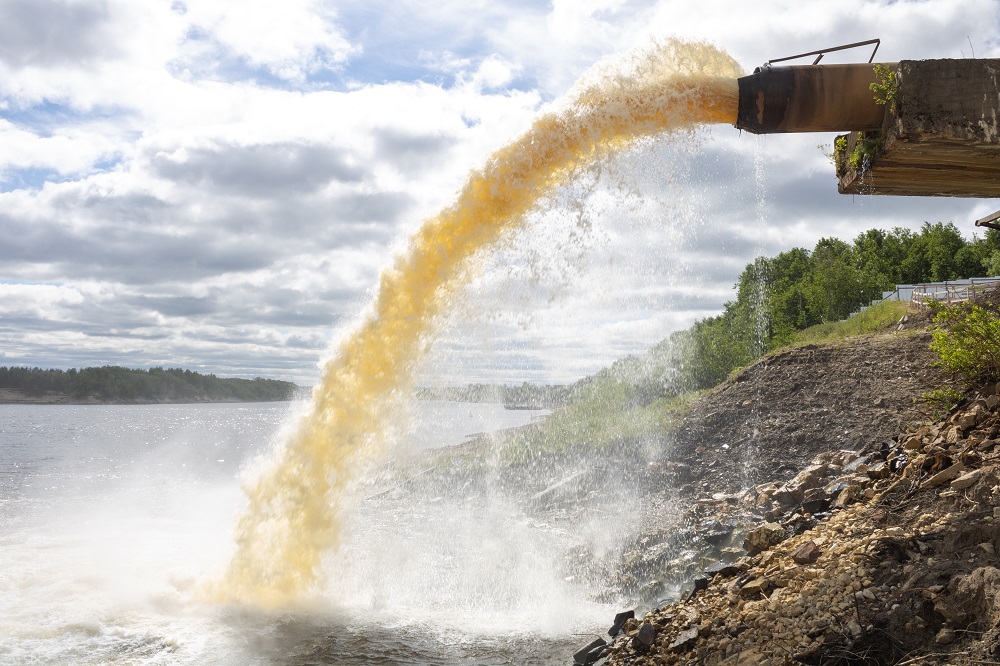
One of the most insidious forms of construction waste is microplastics. Polymers, which are used as a binding agent, make up 37% of paint, on average. When dry, they produce what is essentially a plastic film, which discharges microplastics into the environment as it degrades. Paints are the world’s largest contributor to microplastics in the ocean, producing 1.9 million tonnes a year, of which architectural paints are the biggest portion. During painting, sanding and cleanup, particles slough off into the environment and migrate into the oceans if not properly contained.
Aside from microplastics, many paints contain titanium dioxide, a white powder that gives paint its opacity. When large amounts of titanium dioxide reach the ocean, it causes an overload of nutrients in the water, triggering excessive algae growth and blooms that can harm ocean ecosystems and kill off native species. Some paints also contain per- and polyfluoroalkyl substances (PFAS), known as “forever chemicals”. One report found these substances are often excluded from a product’s ingredient list even when present. All of them can end up in the ocean when construction waste is poorly managed.
When paint brushes, tools and painters’ hands are washed, the wastewater flows into the sewage system, which is not equipped to deal with the potentially toxic contents of paint residue. Compounding the problem, some sewer overflow systems co-mingle stormwater and wastewater; when the stormwater capacity is exceeded, it is discharged into waterways without passing through the plant, even if it has been combined with commercial and industrial waste. “Wastewater treatment plants have limitations; they don’t just make waste magically disappear,” says Mr Crimston. “Everything that gets discharged into the sewer ends up in the environment in one way or another.”
Ignoring the presence of pervasive harmful chemicals can have devastating effects. The Australian government was found to have insufficiently acted to stop the contamination of groundwater in the early 2000s by firefighting foam containing PFAS, leading to a class action settlement of AUS$132.7m being awarded to 30,000 landowners, many of whom had suffered adverse health effects from PFAS exposure. “There was enough information 20 years ago to indicate that this would be a problem,” says Mr Crimston. “Instead, the same chemicals were used in a whole range of manufactured construction products, specifically created to last as long as possible.”
Mr Crimston’s company, WashBox, is one of those aiming to enable the safe disposal of construction materials. In a typical construction environment, the contractors will install a sewer-connected drum to clean their tools and discharge liquid waste. Instead, the WashBox product is an off-grid, closed-loop system that does not allow contaminated water to enter the sewers. It uses an initial 500 litres of water, which are recycled and filtered instead of continually drawing new water, eliminating water supply needs and wastewater discharge.
The system then shuts down for 15 minutes to turn the contaminated water into clean water and solid waste. The device is also helping to develop a more accurate picture of water waste across sectors. “We record a lot of data, which gives us an insight into the typical water use across a whole range of projects,” says Mr Crimston. “We can use those trends to extrapolate the impact of water use and pollution across the global industry.” Other devices have employed similar closed-loop washing techniques, but WashBox is unique in its data capabilities, as it can provide insights on a larger scale.
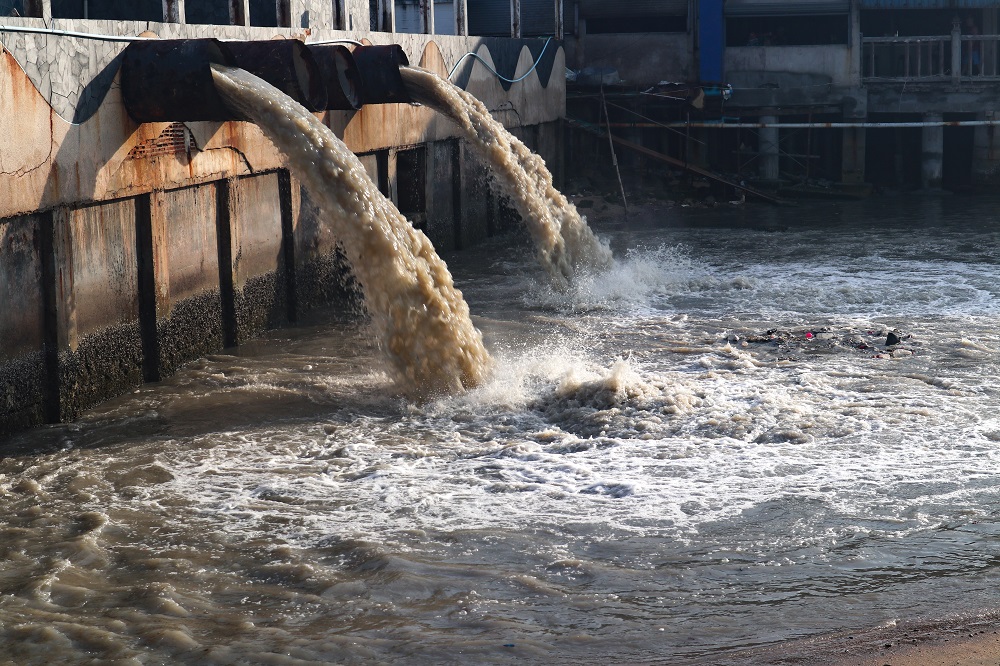
Beyond technological solutions, regulation and industry oversight have limited scope. Many jurisdictions already prohibit the sewer discharge of trade waste, but implementation is lagging because responsibilities are split across several authorities and regulatory bodies, from environmental protection agencies to water and sewer authorities. “The regulators have the mechanisms in place to enforce the regulations, but there’s no enforcement activity, so it’s being left up to the industry to self-manage,” says Mr Crimston.
Stricter regulation of chemicals used in construction materials could stem the flow of toxic substances at the source, as could restricting the release of wastewater into waterways in combined sewer systems. ISO environmental standards also cover the unlawful discharge of trade waste, requiring ISO-compliant businesses to continually improve their performance beyond legal obligations.
However, the onus remains largely on businesses themselves to address these issues, and not all are willing to take on that responsibility. According to Mr Crimston, this is where companies like Washbox deliver “the opportunity for the industry to take responsibility for their own environmental impact”.
EXPLORE MORE CONTENT ABOUT THE OCEAN
Back to Blue is an initiative of Economist Impact and The Nippon Foundation
Back to Blue explores evidence-based approaches and solutions to the pressing issues faced by the ocean, to restoring ocean health and promoting sustainability. Sign up to our monthly Back to Blue newsletter to keep updated with the latest news, research and events from Back to Blue and Economist Impact.
The Economist Group is a global organisation and operates a strict privacy policy around the world.
Please see our privacy policy here.
THANK YOU
Thank you for your interest in Back to Blue, please feel free to explore our content.
CONTACT THE BACK TO BLUE TEAM
If you would like to co-design the Back to Blue roadmap or have feedback on content, events, editorial or media-related feedback, please fill out the form below. Thank you.
The Economist Group is a global organisation and operates a strict privacy policy around the world.
Please see our privacy policy here.




 World Ocean Summit & Expo
2025
World Ocean Summit & Expo
2025 UNOC
UNOC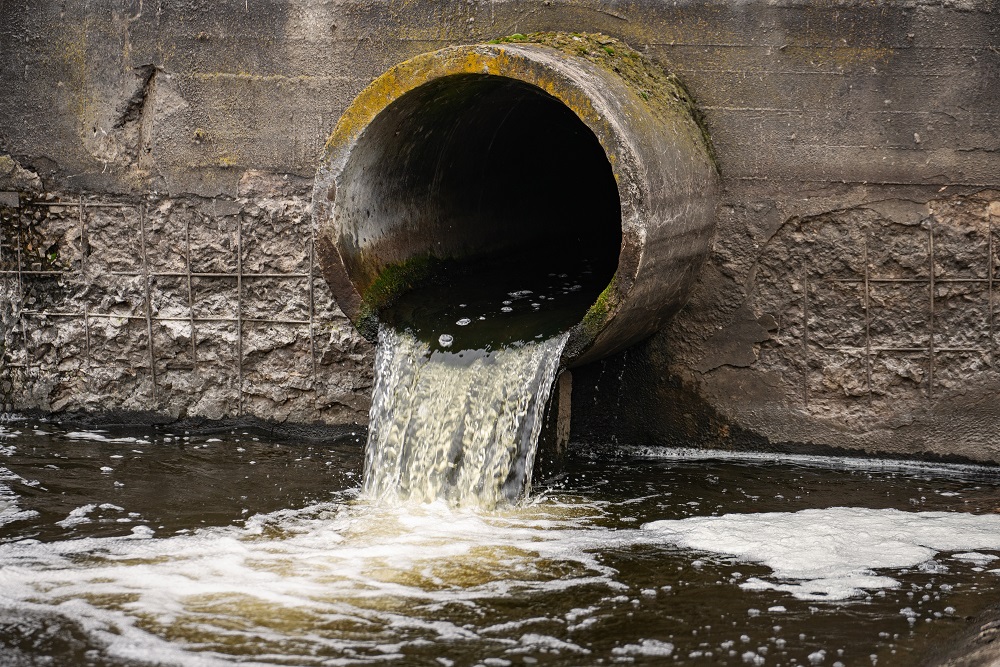 Sewage and wastewater pollution 101
Sewage and wastewater pollution 101 Slowing
the chemical tide: safeguarding human and ocean health amid
chemical pollution
Slowing
the chemical tide: safeguarding human and ocean health amid
chemical pollution Hazardous chemicals in plastics - the discussions at INC
Hazardous chemicals in plastics - the discussions at INC






